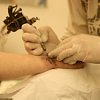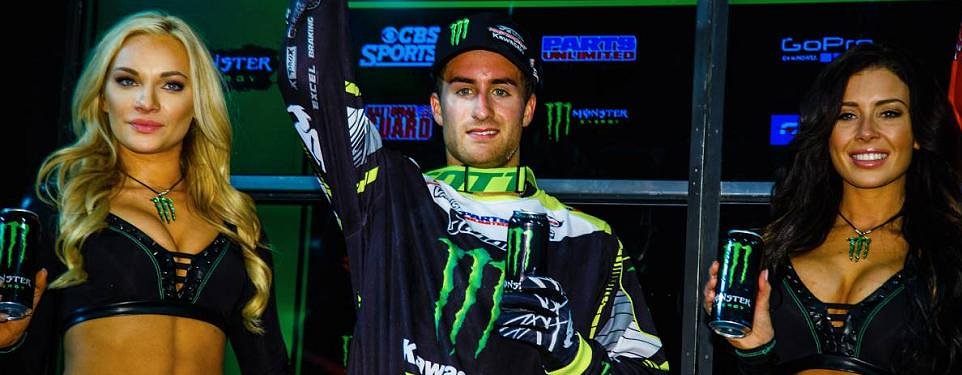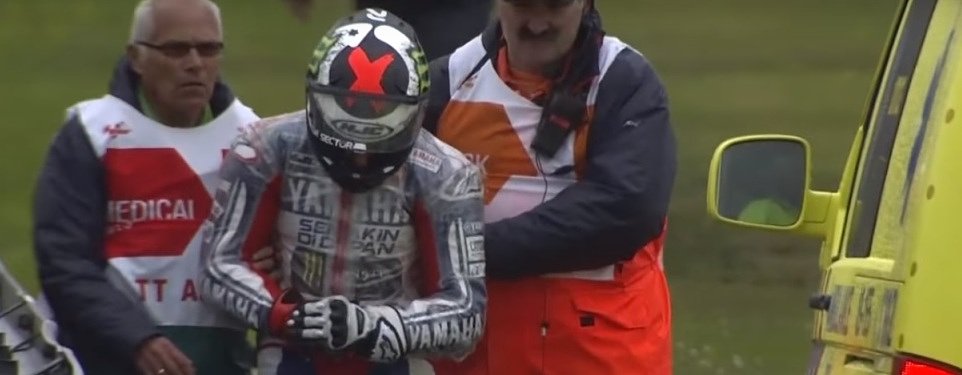Virginia Tech confirmed that intersections are dangerous for riders. Travelling along the tattoo highway can present its own dangerous intersections. Let's see why.
Today, some people feel motorcycling and tattoos just naturally go together, but the history of tattoos goes back much further. Carbon dating places the earliest known tattoo around 6000 B.C. and it appears to be a decorative moustache, of all things! More recent (5,300 years old) tattoos of dots and small crosses are believed to have been attempts at therapy, as their location was atop degenerating joints and precisely line up with acupuncture meridians. People have been inked for thousands of years for a host of reasons ranging from decoration to punishment, religious symbols to status symbols, and everything in between. Tattoos adorn mummies, figurines and individuals depicted in murals and wall art and are therefore part of our culture in terms of art, religion, craft and of course, infection. Medical puns, lots of fun.
In certain cultures, such as the ancient Scythians and Thracians, tattoos served as the mark of nobility; being without one made one “lesser.” Egyptians principally tattooed their women as a means of providing mystical protection during pregnancy as well as childbirth, including tattooing an image of the god of childbirth high up on the thigh. Dots, crosses, geometric patterns and a variety of beasts are described across many cultures.

Inked, itchy and regretful?
A recent study published in Dermatologic Surgery in 2015 found that among surveyed tattooed individuals, 3.2 percent had an infected tattoo, 3.8 percent had a persistently painful tattoo, and 21.2 percent had an continually pruritic (itchy) tattoo. Perhaps unsurprisingly, 16.2 percent regretted their current tattoo, and 21.2 percent wanted one or more removed. Shockingly (not), 21.2 percent received a tattoo while intoxicated and a staggering 17.6 percent were inked at somewhere other than a tattoo parlor. It is not clear whether those with infection had their tattoo placed at one of those “other” locations.
Sterile practices and sterilization techniques are relatively recent in tattooing, starting with British surgeon Joseph Lister in 1867. Since tattoo art involves making ink and then inserting it under the skin, repeatedly, the chances for infection with repeated small puncture wounds is incredibly high. It is a testament to the human immune system that infection is not more common! Bacterial and viral infections punctuate the rest of the story.
After the discovery of penicillin, we subsequently made newer and more potent antibacterial agents (antibiotics) to tackle increasingly difficult infections, especially those that became resistant to penicillin. Unfortunately, bacteria continued to learn how to defeat what we threw at them, kind of like roaches and ants. The end result is what we have today – Methicillin-resistant Staphylococcus aureus (MRSA) and other multi-drug resistant organisms (MDRO). Resistant infections may lead to life-threatening infections, including those due to “flesh eating bacteria,” and death, even with excellent care. As an aside, despite lab evidence of carcinogens in some inks, cancer arising in a tattoo is vanishingly rare, perhaps reflecting that more people overall get only one tattoo — and one “dose” of ink — compared to those with multiple doses and bodies that are works of art.
Regulation: What could go wrong?
Tattooist regulation occurs at the state level. There are, however, no national regulations for tattoo ink preparation to ensure sterility. Tattoo ink is considered a cosmetic preparation and not monitored by the Food and Drug Administration.
A 2011 study in Europe found a 10 percent rate of contamination in unopened stock of tattoo ink bottles, and a 17 percent contamination rate in used stock bottles. Leaky seals were found in nearly one third. U.S. tattooist training requirements, including those that reduce the likelihood of blood-borne pathogen (bacteria, viruses, fungus) transmission, vary by location as well. Gloves are not universally required – a key failure in preventing infection transmission.
Viral infection is most notable as Hepatitis B (HepB) and C (HepC) as well as HIV. We have effective vaccines for Hepatitis A and HepB (important if you are traveling out of the country). HepB is transmitted via body fluid (i.e. blood), as are HepC and HIV, hence the need for sterile, single-use needles. If you have been inked, and have never been checked for HepB, HepC or HIV, opportunity is knocking. There is effective therapy that can manage chronic HepB infection as well as HIV. Recently developed treatment can commonly result in a cure for HepC patients.

10 things to ask your tattoo artist
If you are planning to get inked, there are some key principles to bear in mind as you select your artist and shop. It is ideal to go to a tattooist who:
- Pours a small amount of ink into a sterile container and tosses away the unused ink once your session is done; reuse leads to contamination and infection
- Uses single-use needles — they are after all, just for you — and will unpackage them in front of you
- Uses sterile single-use gloves and opens them in front of you
- Uses a sterile implement to apply ointments to your skin after tattooing is done
- Sterilizes reusable pieces of equipment (not needles) with an autoclave (boiling water on the stove does not cut it); an autoclave certificate is required
- Both discusses and provides printed instructions for aftercare
- Is licensed by the state in which he or she is practicing
- Has taken a course specifically addressing prevention of blood-borne pathogen transmission
- Has chairs with a fluid-impervious barrier that are wiped down between clients
- Provides proof that he or she (the tattooist) is vaccinated against Hepatitis B
Bottom line: if the tattooing area fails to look like a cross between an art gallery and an operating room, it might not be the best location for that work of art to take shape on your body canvas. Unlike surgeons, whose infection rates after surgery are reportable, there is no such requirement for tattoo artists. Buyer beware!

By the way, know that we won't sew it back up that day if we drain pus. We will pack it open so that any residual infection can drain and not form another abscess. Yep, that’s going to be painful when the dressing gets changed each day.
So choose wisely with regard to your tattoo, where it is placed, who places it, and how they do it, so that you enjoy your hard-earned ink without regrets.




















